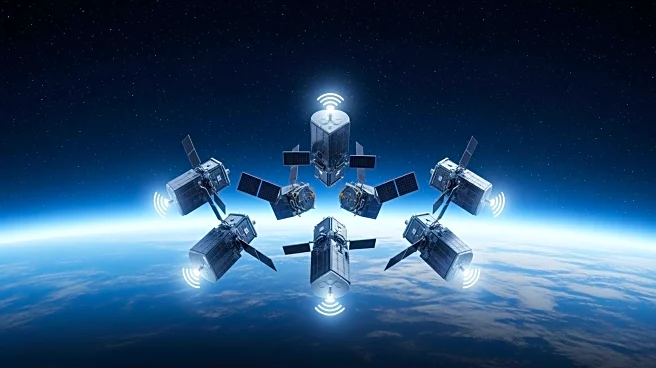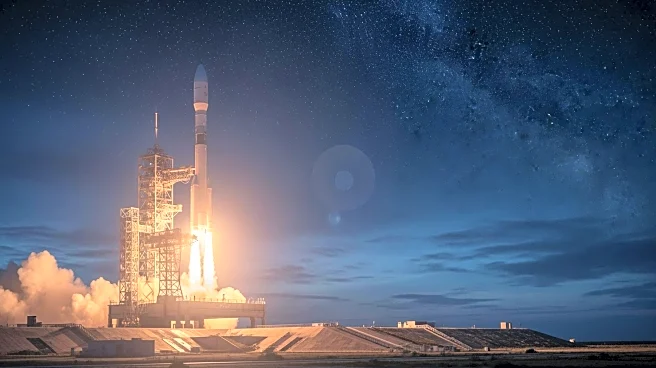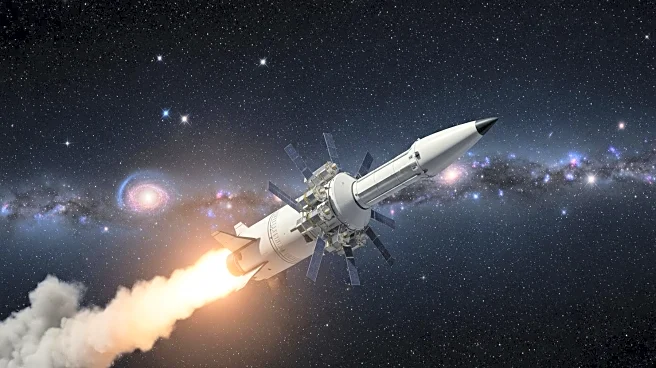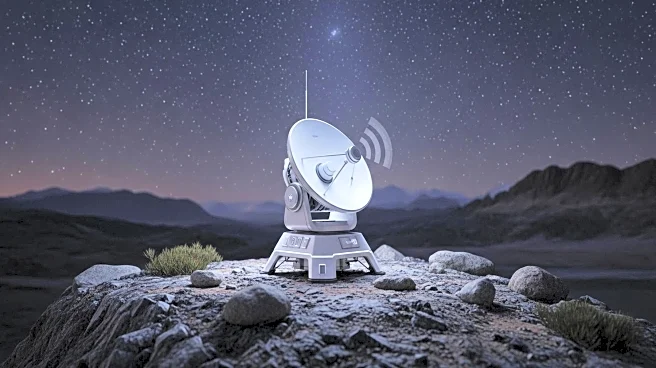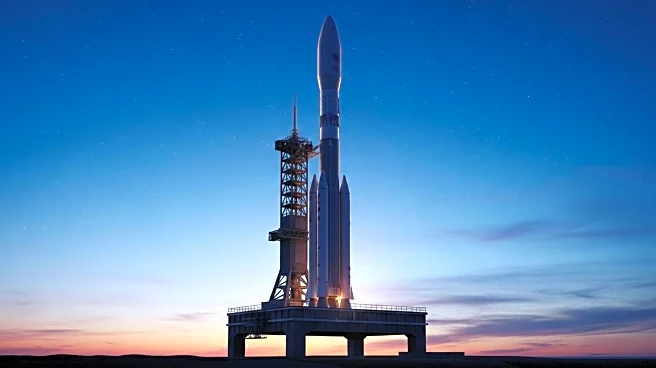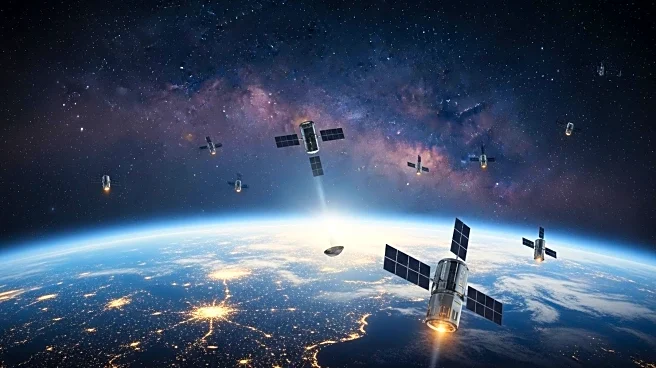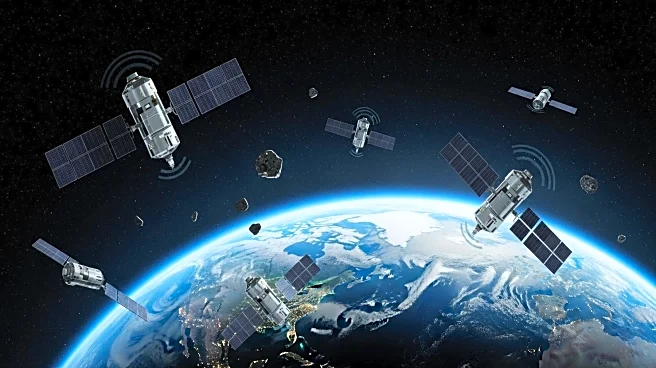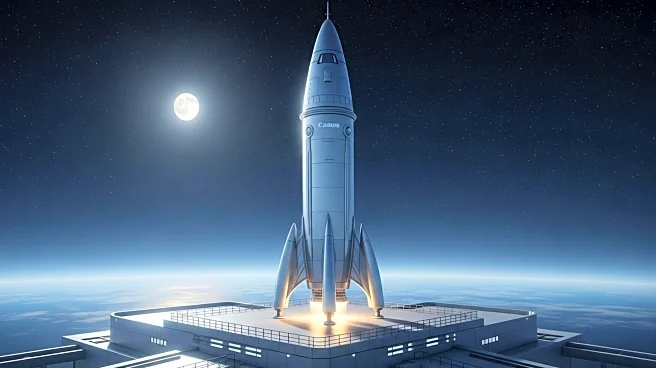What's Happening?
SpaceX has announced the V3 phase of its Starlink program, introducing significantly larger and more powerful satellites designed to offer gigabit internet connectivity for the first time. These V3 satellites are
expected to provide 60 Terabits per second of downlink capacity, which is over 20 times the capacity of the previous V2 Mini satellites launched on the Falcon 9 rocket. The new satellites weigh over 4,000 pounds, presenting a challenge for SpaceX in determining the optimal launch strategy. The announcement follows the successful splashdown of SpaceX Starship's 11th flight test.
Why It's Important?
The introduction of V3 Starlink satellites marks a significant advancement in satellite internet technology, potentially transforming internet access in remote and underserved areas. With gigabit speeds, Starlink could offer competitive alternatives to traditional internet providers, especially in regions lacking infrastructure. This development could impact the telecommunications industry by increasing competition and driving innovation. However, the increased capacity and potential rise in subscription costs may affect consumer adoption rates. Additionally, the environmental impact of satellite launches and nighttime sky pollution remains a concern.
What's Next?
SpaceX has yet to announce a specific launch date for the V3 satellites, indicating that further technical adjustments are needed to accommodate their size and weight. As SpaceX works on the logistics, stakeholders in the telecommunications industry will be watching closely to assess the potential market impact. Consumers may anticipate changes in subscription pricing and service availability as the new satellites become operational. The company is also expected to address ongoing concerns about sky pollution and environmental effects.
Beyond the Headlines
The deployment of V3 Starlink satellites could have broader implications for global internet access, potentially bridging digital divides and fostering economic development in remote areas. The ethical considerations of satellite proliferation, including space debris and environmental impact, will likely continue to be debated. Furthermore, the technological advancements in satellite design may influence future aerospace innovations and collaborations.


